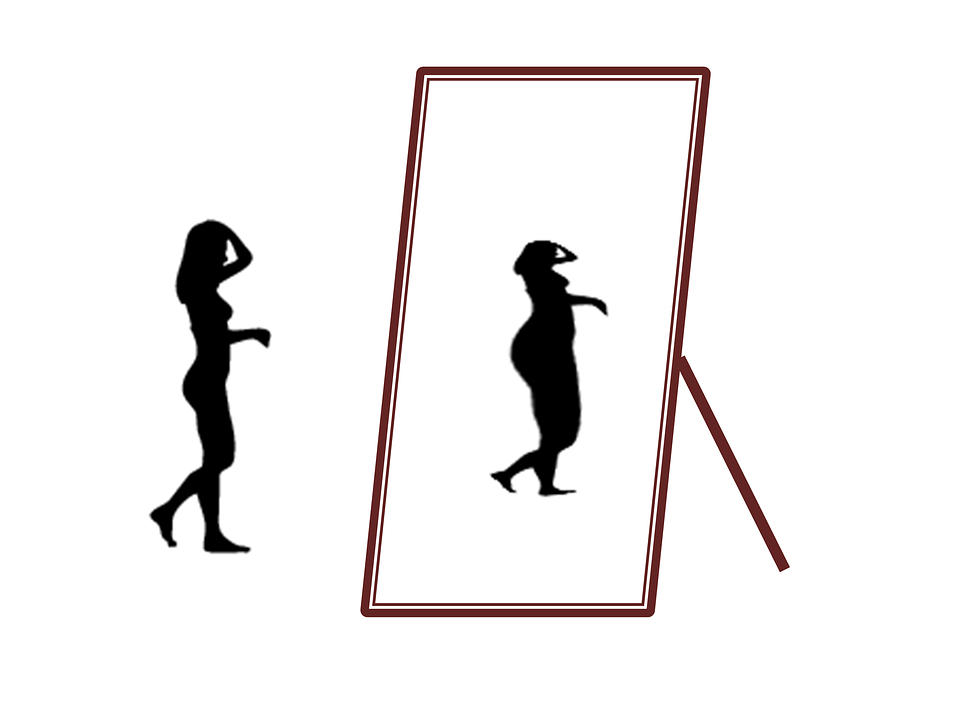According to new research from Aarhus University (AU), eating disorders are more prevalent among ethnic Danes than first and second-generation immigrants.
The research indicated the risk of an ethnic Dane developing an eating disorder was about 0.8 percent – twice as high as the risk among first and second-generation immigrants.
“It’s surprising because first and second-generation immigrants are over-represented within many psychological illnesses, such as schizophrenia,” Carsten Bøcker Pedersen, a professor at AU who is part of the research project, told Jyllands-Posten newspaper.
READ MORE: Shocking number of young Danish girls suffering from eating disorders
Same in Sweden
The research is based on information taken from over 1.1 million people born in Denmark between 1984 and 2002. The study aims to investigate the socio-cultural background of young people with anorexia, bulimia or overeating disorders.
The research was also conducted in Sweden and the results were found to be the same there.
Cultural taboo?
The national association for eating disorders, Landsforeningen mod Spiseforstyrrelser og Selvskade (LSS), also doesn’t deal with many first and second-generation immigrants with eating disorders.
”Whether there are fewer with eating disorders among youngsters with another ethnic background than Danish is difficult to say,” Steen Andersen, the secretary general of LSS, told Jyllands-Posten.
“Our experience is that an eating disorder isn’t always viewed as an acceptable illness like it is among ethnic Danes.”
A report from last year showed that over 23 percent of young women and 9 percent of young men either have, or are in danger of developing, an eating disorder.












